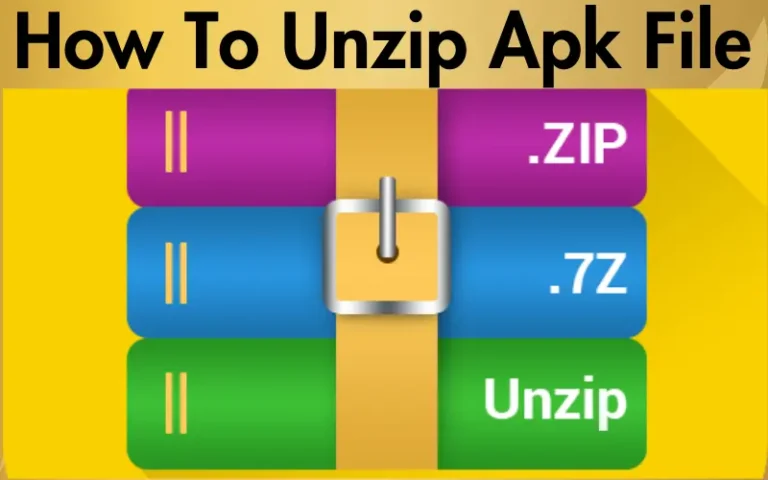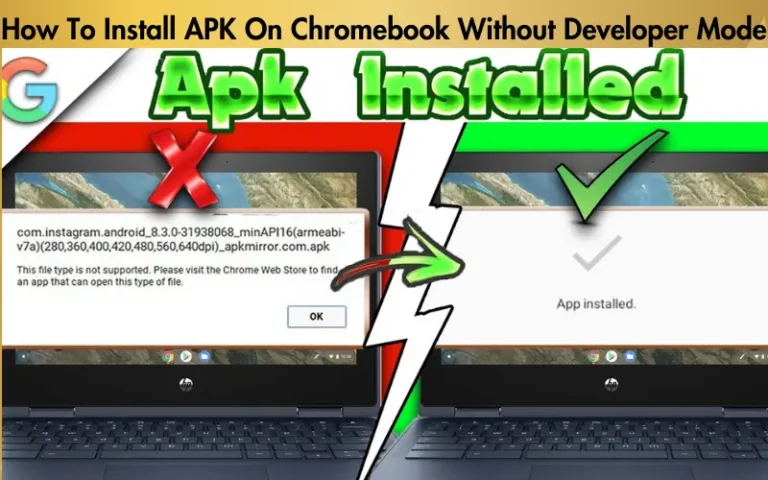How To Install APK On iOS [2024 New Method]

The digital universe is vast; within it, APK files stand as a cornerstone of Android’s flexible app ecosystem. Android Application Package files encapsulate the essence of Android’s applications and games, offering a treasure trove of digital experiences. Yet, for iOS users, this treasure has seemed locked away, guarded by the inherent differences between Android and iOS platforms. How to install APK on iOS is driven by a desire to bridge these worlds, unlocking a new realm of app experiences on Apple devices. Despite the challenges—technical and procedural—the excitement of accessing Android-exclusive content on iOS devices fuels this adventurous endeavor.
Overview of Methods to Install APK on iOS
| Method | Requirements | Pros | Cons |
|---|---|---|---|
| Cloud-Based Platforms | Internet connection | No need for device alteration; easy to use | Dependent on internet speed; limited app support |
| Android Emulators for iOS | May require jailbreak | Broader app support | Complex setup; may require jailbreaking |
| APK to iOS Conversion Tools | Specific conversion software | Direct installation of converted apps | Compatibility issues; limited tool availability |
| Web-Based Versions | Internet connection | Easy access; no installation needed | Not all apps have web versions; requires internet |
This table offers a quick comparison to help readers understand the different methods available for installing APK files on iOS devices, highlighting the key requirements, advantages, and limitations of each approach.
Understanding APK Files and iOS Compatibility
APK files are the heart of Android’s application distribution, containing the app’s code, resources, assets, and manifest file. They are designed for Android’s operating system, utilizing its architecture and libraries. On the flip side, iOS operates within a different ecosystem, with apps packaged as IPA files tailored to its unique hardware and software requirements. This fundamental distinction underlines the incompatibility between APK files and iOS devices. The iOS operating system and its app installation protocols are engineered to work with its native format, imposing limitations on directly installing or running APK files.
Read our well Researched Latest Blog Posts
Why Install APK on iOS?
The allure of installing APK on iOS stems from several compelling reasons. Foremost among these is the access to Android-exclusive apps and games, which are not available on the Apple App Store for various reasons. This could include innovative apps under development, region-specific applications, or games that offer unique experiences. Beyond mere curiosity, some users seek enhanced functionality or alternative versions of apps available in the Android ecosystem. The motivation is clear: enriching the iOS experience by breaking down the barriers segregating digital content.
Preparation Steps Before Installation

Embarking on the journey to install APK on iOS requires careful preparation, akin to setting the foundations for a successful expedition. The initial step involves backing up the iOS device and safeguarding personal data against unforeseen complications. This precaution ensures that the device’s contents remain intact regardless of the installation outcome. Next, verifying device compatibility is crucial. Not all methods or tools used in the APK installation process are universally compatible with every iOS device or version. Research and understanding the specifications of your device, alongside the requirements of the chosen installation method, set the stage for a smoother process, mitigating potential obstacles from the outset.
Method 1: Using Cloud-Based Platforms
In the quest to bring Android apps to iOS, cloud-based platforms emerge as a beacon of possibility. These services, like Appetize.io, simulate an Android environment within a web browser, allowing APK files to run as if on an Android device but displayed on an iOS system. This method does not require direct installation of APK files on the iOS device, circumventing compatibility issues. Users upload the APK file to the platform and can interact with the app via their browser. While this offers a convenient workaround, performance and experience may vary depending on the app’s complexity and the internet connection speed.
Method 2: Android Emulators for iOS
Android emulators for iOS represent another avenue for running APK files, though this path needs to be improved. Emulators mimic the Android operating system within the iOS environment, providing a sandbox where Android apps can theoretically run. However, the availability and functionality of Android emulators for iOS are limited due to the stringent app restrictions Apple places on its devices. Those that do exist may require a jailbreak of the iOS device, a process that can void warranties and expose the device to security risks. Therefore, while emulators offer a tantalizing glimpse at cross-platform compatibility, they are a less recommended and more complex solution.
Method 3: Conversion Tools to Transform APK to iOS-Compatible Formats
A more direct approach involves using conversion tools to transform APK files into iOS-compatible formats. This method promises to allow the direct installation of transformed apps on iOS devices. However, the effectiveness of such tools varies, and the technical process behind the conversion can lead to functionality issues or incomplete app experiences.
Additionally, reliable conversion tools are limited, and users must tread carefully, as some tools may pose security risks or infringe on copyright laws. Despite these potential pitfalls, for those apps that convert successfully, this method offers a tantalizing bridge between Android and iOS app ecosystems.

Safety and Legal Considerations
Regardless of the method chosen to install APK on iOS, safety and legality should always be maintained. It’s paramount to source APK files from reputable platforms to avoid malware and other security threats. Similarly, respect for copyright and adherence to legal guidelines cannot be overstated. Users should ensure that their activities do not infringe on the rights of app developers or violate terms of service agreements.
Moreover, venturing into methods that involve altering the device’s software (like jailbreaking) requires carefully considering the risks involved, including potential data loss, voided warranties, and compromised device security. In sum, while the desire to explore and expand the capabilities of iOS devices is understandable, it should not come at the cost of legal, ethical, or safety standards.
Troubleshooting Common Issues
Users may encounter a few roadblocks when venturing into the realm of installing APK on iOS. Compatibility issues often arise, especially when using tools that need to be updated or apps that rely heavily on Android-specific hardware features. Installation errors can also occur, leaving users puzzled. Here are quick fixes to these common problems:
Alternative Solutions and Future Outlook
- While the methods described offer avenues to access Android apps on iOS, the landscape of cross-platform compatibility is ever-evolving. Alternative solutions, such as web-based versions of apps or cross-platform development frameworks (like Flutter or React Native), are increasingly bridging the gap between Android and iOS ecosystems. These alternatives provide a seamless user experience across devices without needing APK installation or emulation.
- Looking ahead, the future of cross-platform app compatibility is bright. As developers and technology companies embrace open standards and cross-platform tools, the barriers between operating systems may further diminish. This evolving landscape promises to make installing Android apps on iOS a more accessible and integrated experience, potentially rendering the current methods obsolete in favour of more unified solutions.
Conclusion
The journey of how to install APK on iOS is fraught with challenges but filled with the excitement of unlocking new digital horizons. From cloud-based platforms and emulators to conversion tools, each method offers its unique pathway to accessing Android-exclusive apps on iOS devices. While hurdles such as compatibility issues and installation errors can arise, solutions are often within reach with some troubleshooting.
As we look forward to a future where digital experiences can transcend platform boundaries more seamlessly, it’s essential to approach this process with an open mind and patience. The technical complexities involved require a willingness to experiment and learn. So, to our adventurous readers eager to explore the vast app ecosystems of both Android and iOS, your curiosity and resilience are your best tools. Embrace the journey, stay informed, and enjoy the rich tapestry of apps that await on the other side of the divide.






